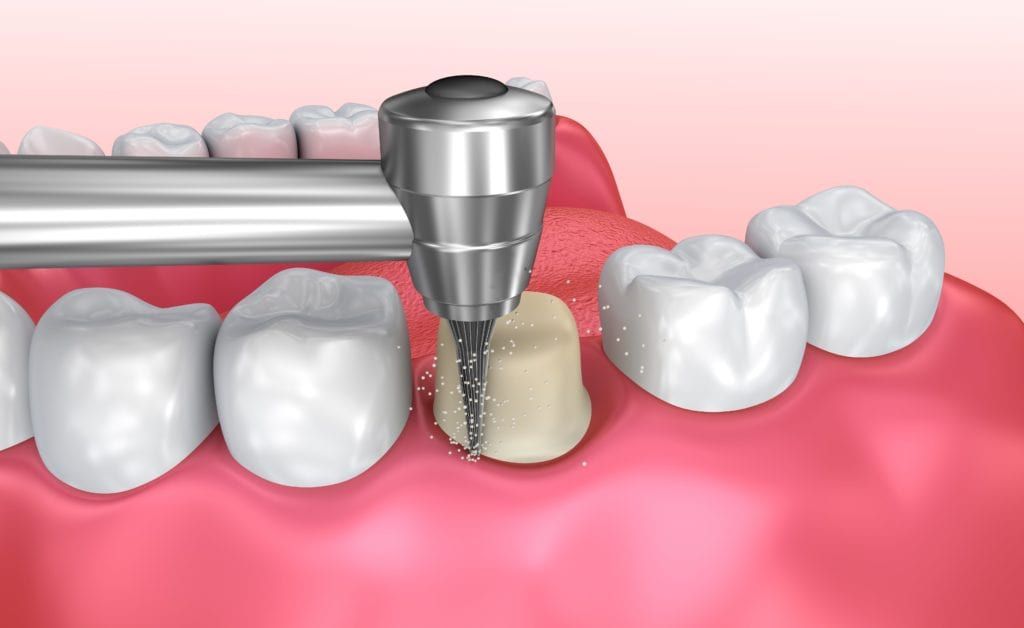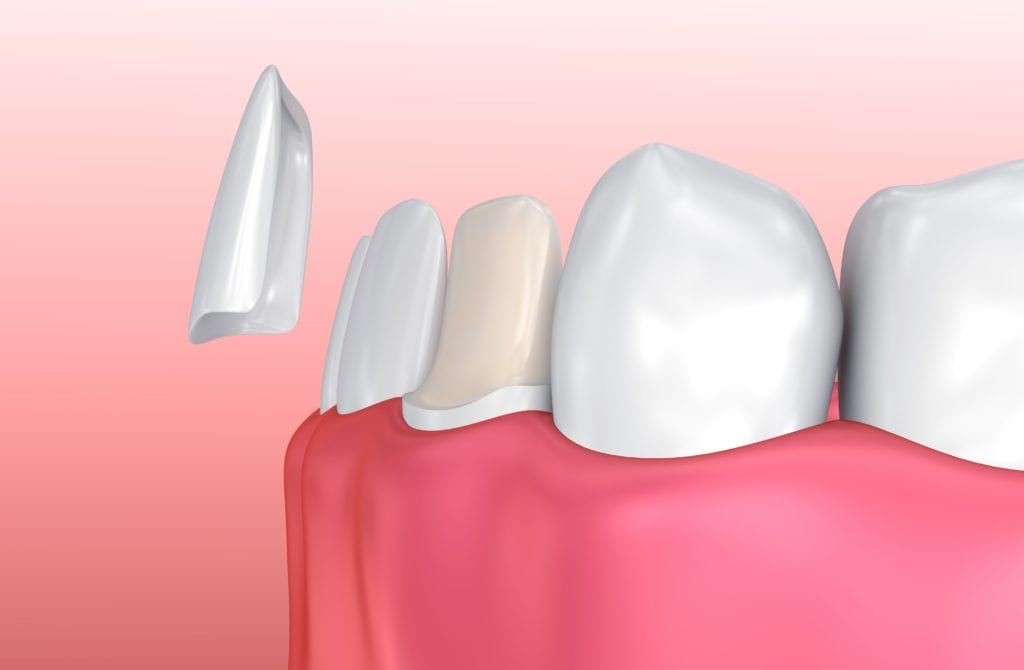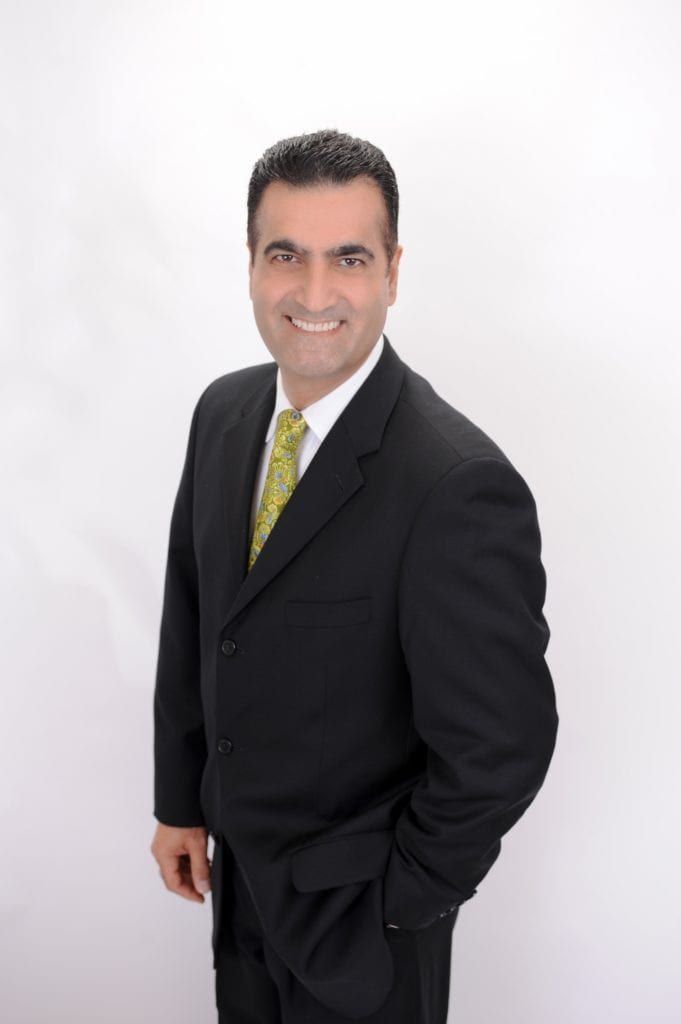Have you ever looked in the mirror and thought, I don’t like my teeth? Perhaps your teeth look too big, too small, or too uneven. Maybe your two front teeth are longer than the rest, making your smile mismatched. Whatever the reason, there is a way to change it.
Making a visit to your Wellington cosmetic dentist is the first step. Cosmetic dentists focus on improving the aesthetics of your smile by correcting structural issues that affect the teeth. In fact, they have a variety of cosmetic dental treatment options to choose from to change the size and shape of imperfect teeth. Here are the top three cosmetic dental treatments for changing the size and shape of imperfect teeth:

Porcelain Crowns:
Porcelain crowns are a tooth-shaped cap that fits over the visible portion of the tooth. They can be used to restore damaged teeth or decayed teeth that have been treated with a root canal. Since they fit over the natural tooth, they can also be used to improve the color, size, and shape of a tooth.

To place a dental crown, the natural tooth structure must first be altered so that it can accomodate a crown. Because of this, dental crowns are considered to be permanent or irreversible. Once the tooth is prepared, a dental impression or oral scan will be used to obtain the information necessary for the crown to be fabricated. A temporary crown will be worn until the permanent restoration has been completed. Then, the permanent dental crown will be checked for fit and adhered to the tooth.

Porcelain Veneers:
Porcelain veneers are thin, stain-resistant shells that are adhered to the front surface of visible teeth. They are a common cosmetic dental treatment because they can easily improve the size and shape of damaged or misshapen teeth. Additionally, they can also improve the color, alignment, and spacing of teeth, making them one of the most versatile cosmetic dental treatments.

To place porcelain veneers, a tiny amount of tooth enamel must be removed so that the veneers will fit on the teeth naturally. This means that they are also considered permanent or irreversible. Once the tooth has been prepared, a dental impression or oral scan will be taken to obtain the information necessary for the veneers to be fabricated. Temporary veneers may be placed until the permanent restoration has been completed. Then, the permanent veneers will be checked for fit and adhered to the front surface of visible teeth.

Dental Bonding:
Dental bonding, also known as composite bonding, uses dental composite to correct the size and shape of teeth by building on the tooth’s natural structure. Unlike porcelain crowns and veneers, dental bonding can be reversed and is not considered a permanent treatment. However, it tends to last only about half as long as crowns or veneers.
During a dental bonding procedure, the composite resin material is applied to the affected tooth in layers. Each layer must be hardened before the next layer can be placed. The layers will be placed according to the type of alterations being made to the tooth. The final layer will be properly shaped and polished so that it blends with the surrounding teeth. For more information about dental bonding, see “7 Things You Didn’t Know About Dental Bonding”.
As you can see, these three dental treatments all offer a different approach to improving the size and shape of imperfect teeth. Dental crowns will completely cover the tooth, veneers will cover the front of the tooth, and dental bonding will build upon the tooth’s natural structure. Each method has its pros and cons, so you will need to discuss these with a cosmetic dentist to decide which cosmetic dental treatment is the best for you.

Dr. Sadati possesses extensive experience in all aspects of advanced restorative dentistry, with an emphasis in cosmetic and implant dentistry. He has attained Accredited Fellow status in the American Academy of Cosmetic Dentistry (AACD), the most rigorous, demanding credentialing process in the world. He is the only AACD Accredited Fellow in South Florida.

